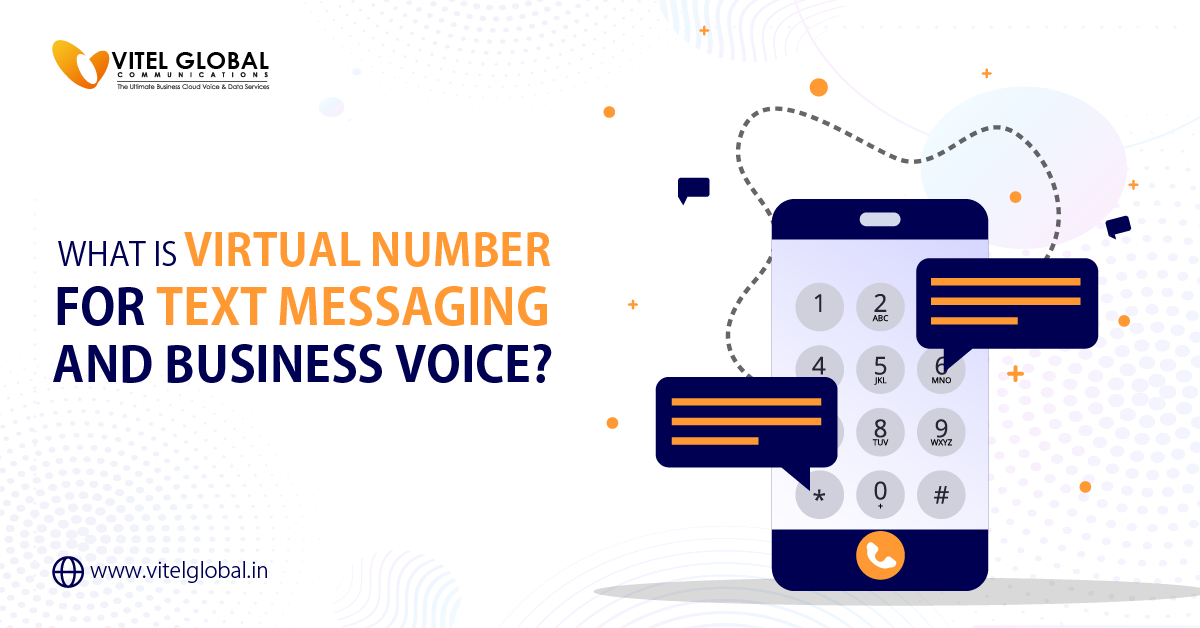Table of Contents
Businesses may still establish a human connection with their customers through outgoing phoning, which is a valuable tool. Even while technology has changed and given rise to new paths for connection, nothing beats the personal touch of a phone call. Using outbound calling to cultivate long-lasting customer connections necessitates a calculated strategy that goes beyond conventional sales pitches. Let’s see successful outbound calling methods that create long-lasting relationships with clients in addition to increasing sales.
Understanding the Importance of Outbound Calling
It is not just about making sales calls. It’s a valuable route for proactive customer engagement. By reaching out to customers directly, businesses can address concerns, gather feedback, and provide personalized assistance. This direct communication builds trust and establishes a human connection that goes a long way in buyer retention.
- Segmentation for Personalization
- Timing is everything
- Utilize Customer Data Effectively
- Focus on Relationship Building, Not Just Sales
Implementing Outbound Calling Best Practices
To ensure regulatory compliance, foster pleasant connections, and achieve successful communication, it is imperative to put these calling best practices into practice. Following recommended practices can improve the outcome of your outbound communication efforts, be they sales calls, client service outreach, or any other kind of communication. Let’s analyze a few important things to remember.
Compliance with Regulations
- Maintain commitment to national and international laws including the General Data Protection Regulation (GDPR) in the European Union, the Telephone Consumer Protection Act (TCPA) in the United States, and other pertinent laws.
- Keep an accurate and up-to-date Do-Not-Call (DNC) list, and honour opt-out requests as soon as possible.
Permission-Based Calling
- Obtain explicit permission from individuals before making outbound calls. This is especially important for marketing and sales calls.
- Clearly communicate the purpose of the call and provide an option for individuals to opt-out.
Caller ID and Branding
- Use a recognizable and consistent caller ID to enhance trust. Ensure that the caller ID accurately reflects your organization’s name.
- Consider using local area codes to increase the Probability of calls being answered.
Pre-Call Preparation
- Provide your outreach calling crew with improved training on goods, and services, and frequently asked questions by customers.
- Establish rules and scripts to ensure communication coherence while enabling customized exchanges.
CRM Integration
- Integrate your cloud calling system with Customer Relationship Management tools to access client information and history.
- Use CRM data to personalize interactions and tailor your approach based on the customer’s previous interactions with your organization.
Call Script Optimization
- Develop clear and briefly call scripts that guide the conversation without sounding robotic.
- Encourage representatives to listen actively and adapt the script based on the client’s responses.
Monitoring and Feedback
- Implement a system for monitoring and recording calls for quality assurance.
- Provide regular feedback and coaching to outreach calling agents to improve their performance.
Time Management
- Schedule outbound calls during optimal times based on your target audience. Consider time zones, work hours, and other factors that may affect answer rates.
- Be mindful of the frequency and timing of follow-up calls to avoid annoyance.
Customer-Focused Approach
- Focus on solving buyer problems and providing value rather than solely pushing products or services.
- Encourage representatives to be empathetic, patient, and responsive to client’s needs.
Performance Metrics and Analytics
- Monitor key performance indicators (KPIs) such as conversion rates, call duration, and customer satisfaction.
- Use analytics to identify trends, areas for improvement, and successful strategies.
Continuous Improvement
- Foster a culture of continuous improvement by gathering feedback from clients and agents.
- Regularly review and update outreach calling processes based on performance data and industry trends.
Embracing Technology for Enhanced Customer Connection Calls
Incorporate predictive dialers for efficient call management, CRM systems for personalized interactions, AI algorithms for client insights, and real-time analytics tools. Integrate SMS and email outreach, use script automation, and explore virtual call centre solutions for enhanced flexibility. Regularly adapt strategies based on analytics to stay ahead in the game.
CRM Integration for Easy Interactions
Integrating this calling with Customer Relationship Management (CRM) systems provides agents with real-time access to consumer data. This integration streamlines the calling process, allowing agents to focus on building relationships rather than searching for information.
Moreover, CRM data enables personalized interactions, as agents can reference past interactions and tailor their conversations based on the client history with the brand.
Predictive Dialing for Efficiency
Predictive dialing technology optimizes the outreach calling process by automatically dialing multiple numbers and connecting agents with live calls. This minimizes downtime and increases the efficiency of your calling campaigns.
However, it’s essential to strike a balance, as excessive automated dialing can lead to a disconnected and impersonal positive client experiences. Use predictive dialing judiciously, ensuring that it complements the human touch rather than replacing it.
SMS and Email Integration
- Combine these calling efforts with SMS and email outreach for a multichannel approach.
- Ensure consistency in messaging across channels and leverage automation for follow-up communications.
AI-powered Analytics for Insights
Harness the power of Artificial Intelligence (AI) to analyze client interactions and extract valuable insights. AI-driven analytics can identify patterns, trends, and customer sentiments from call recordings, helping businesses make data-driven decisions to enhance these calling strategies.
Get Cloud Calling Today. Effortless. Economical.
From Office to Anywhere: Embrace The Flexibility of Cloud Calling
By understanding consumer preferences and pain points, businesses can tailor their offerings and communication strategies for maximum impact.
Call Recording and Monitoring
- Record calls for quality assurance, compliance, and training purposes.
- Monitor live calls to provide real-time feedback to agents and address issues promptly.
Virtual Call Centers
- Explore virtual call center solutions that allow agents to work remotely.
- Leverage cloud contact center solution for scalability, flexibility, and easy access to real-time data.
Conclusion
In conclusion, when used effectively, phone calling may be a dynamic and effective strategy for developing long-lasting client relationships. You may develop deep connections that go beyond a single purchase by segmenting your consumer base, using data wisely, and prioritizing relationship building.
To increase productivity and gain insightful data, empower and train your outbound calling staff, connect all of your communication channels, and use technology. It’s important to keep in mind that your objective is to leave a lasting, good impression on clients, who will then become devoted brand ambassadors rather than merely making a sale.
A skillfully performed outbound call can add a personal touch that can be transformative in a world where digital interactions are commonplace. By continuously improving and modifying your outbound calling tactics, you set up your company to succeed in a customer-focused environment where connections are the key to success.







